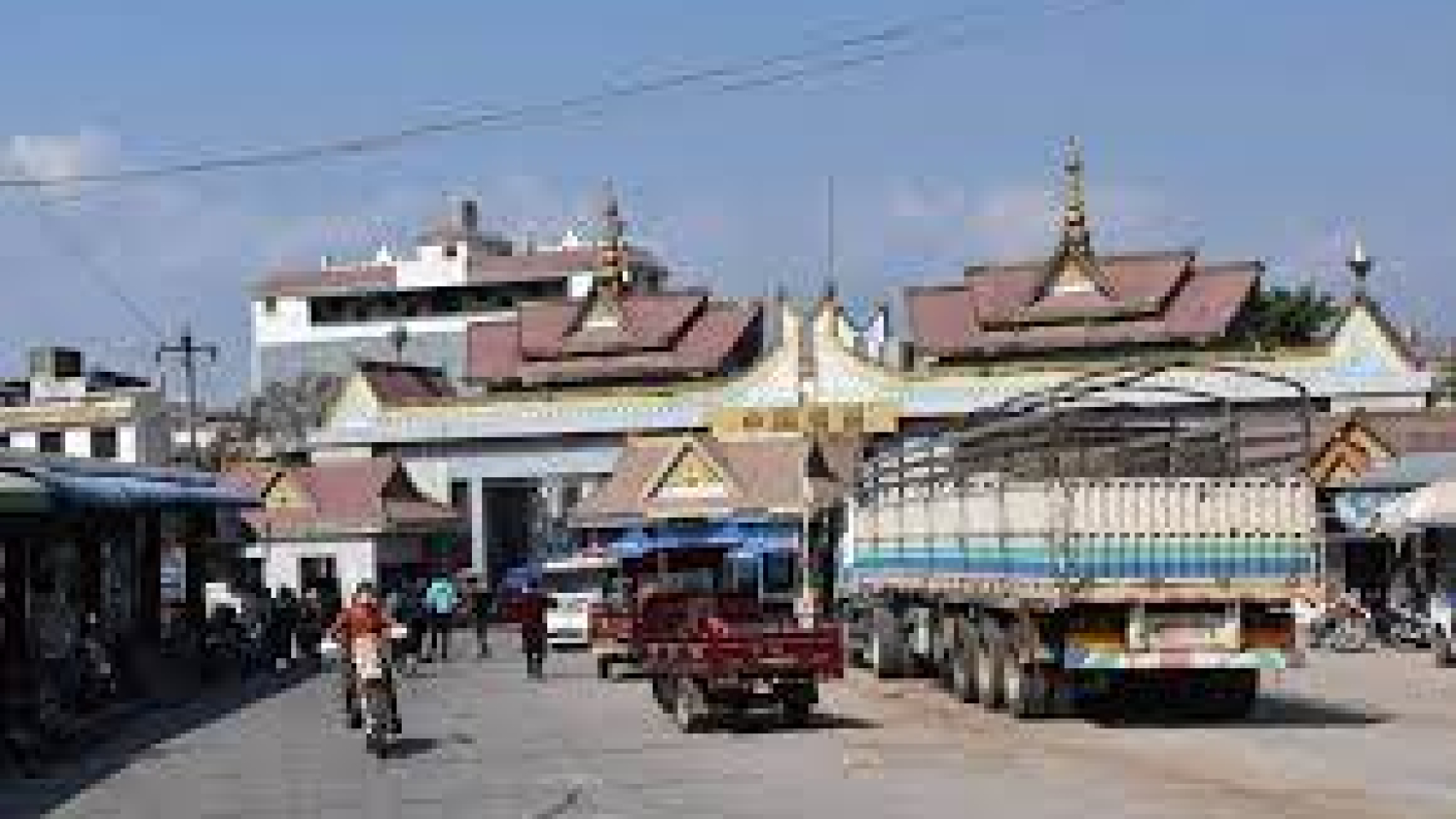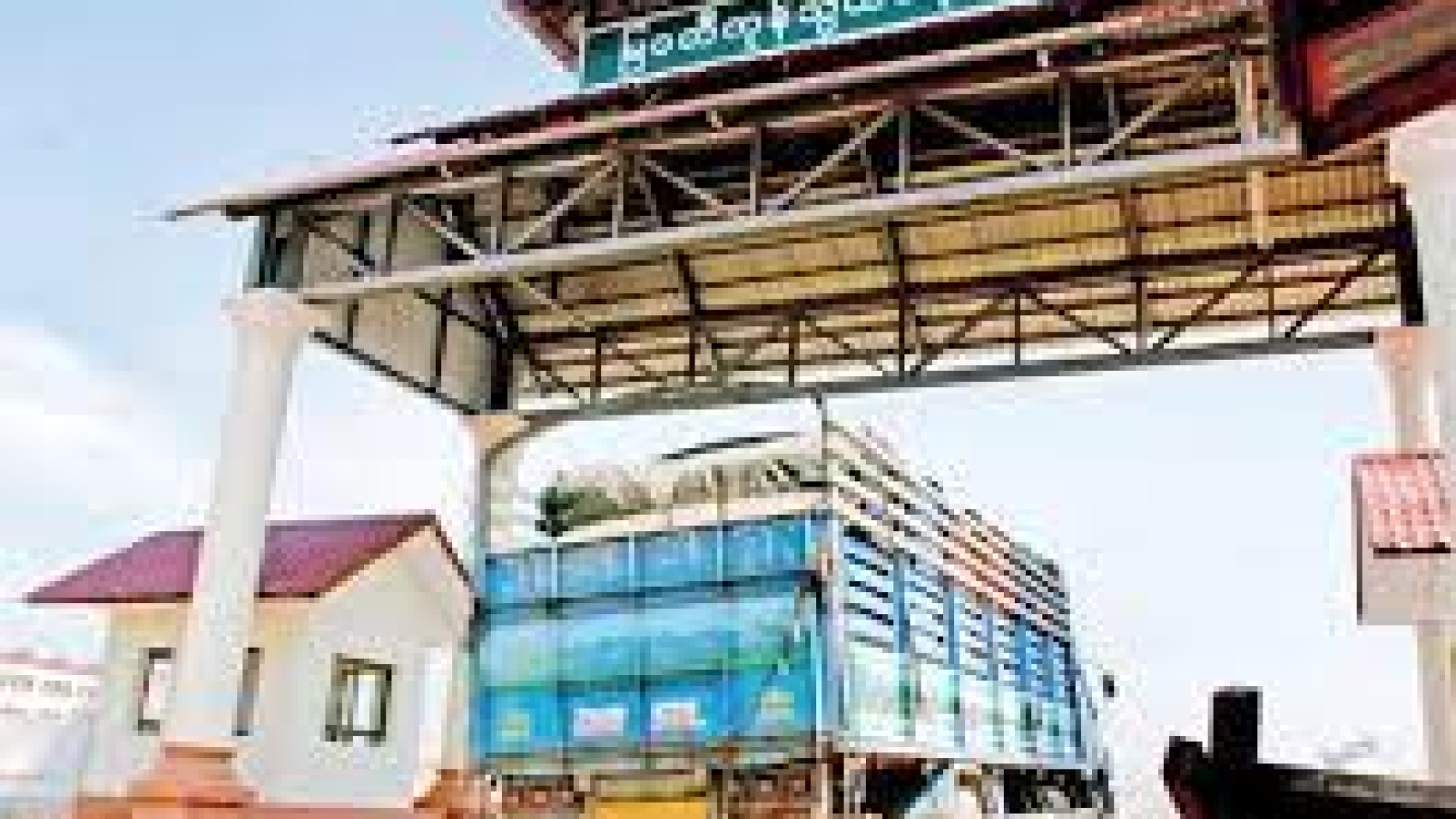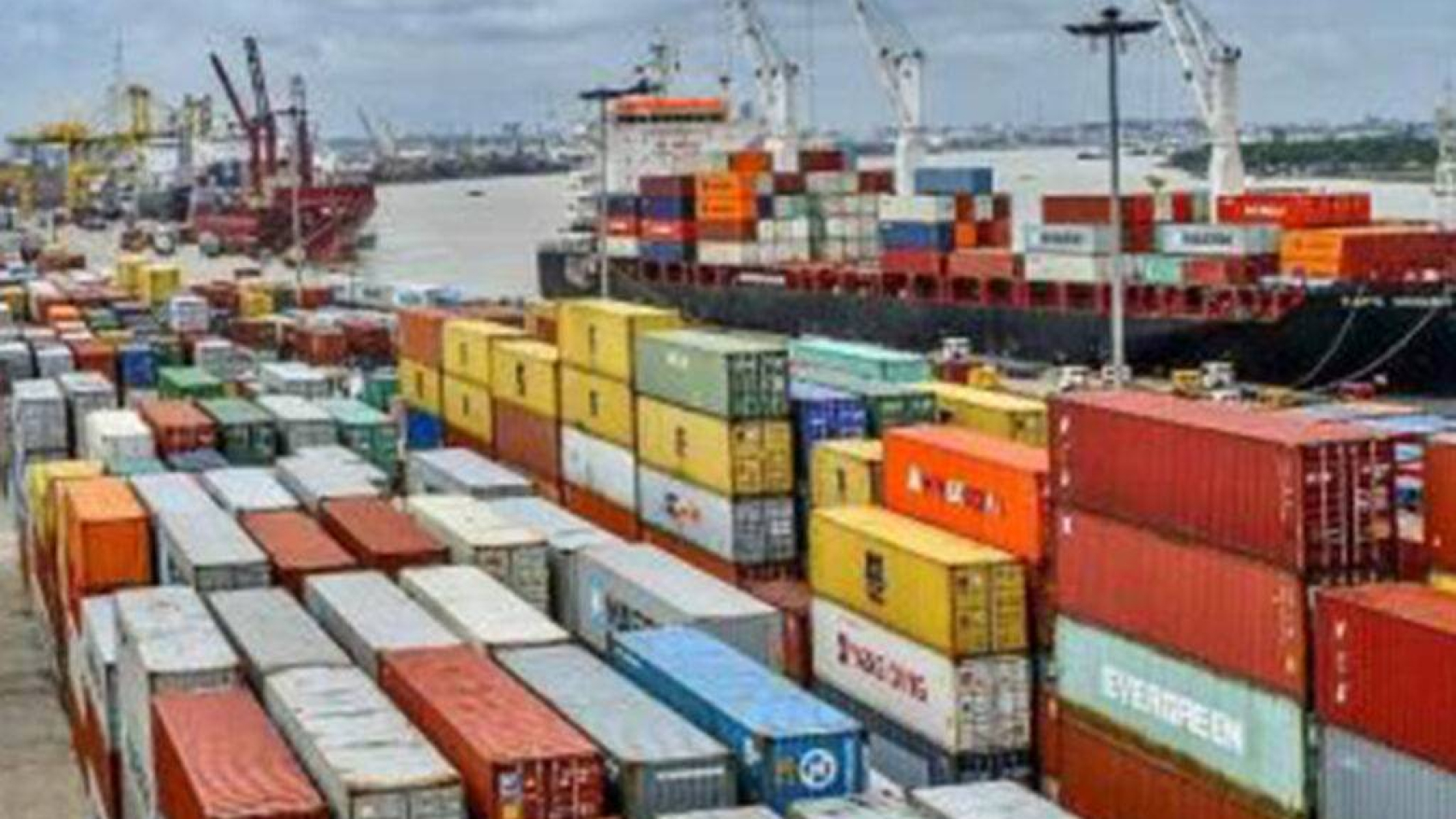THE Ministry of Commerce’s Trade Department has announced that producers and exporters in Myanmar
can now take an advantage of preferential tariffs through the Certificate of Origin (CO) Form RCEP. This form is available for products originating in Myanmar and intended for export to Cambodia, Thailand, Brunei, Laos, Singapore, Malaysia, and Indonesia. Authorized traders will be able to enjoy the benefits of preferential tariffs. To obtain the CO Form RCEP, interested parties can apply at the relevant export and import offices and border checkpoints under the Trade Department, as per the established rules and regulations. The Regional Comprehensive Economic Partnership (RCEP), a free trade agreement between the ten member states of ASEAN, Australia, China, Japan, the Republic of Korea, and New Zealand, came into effect in January 2022.
In addition, for manufacturing-related products, traders can obtain approved exporter status through the Online CO Application System (https://onlineco.myanmartradenet.com). Membership in RCEP comes with several trade benefits. The agreement provides tariff incentives based on the development status of each state. Specifically, Cambodia, Laos, and Myanmar have been granted access to preferential tariffs, while Viet Nam receives moderate tariff benefits. Furthermore, the least-developed countries will enjoy additional exemptions as outlined in the United Nations charter supporting the Least-Developed Countries (LDCs).
For example, the agreement grants preferential tariffs to Cambodia, Laos, and Myanmar over other states.
According to the agreement, RCEP members have to grant a 65 per cent customs tariff exemption. However, Myanmar, Cambodia, and Laos are only entitled to give a 30-per-cent tax-exempt to other entities a 30 per cent tax to other entities. Furthermore, ten years after the agreement’s implementation, members are obligated to grant an 80 per cent tax exemption. Myanmar, however, has been given a transition period of up to 15 years for its trade sector. Moreover, the agreement takes into consideration the needs of LDCs and aims to implement commitments while providing customs duty relief. This approach seeks to stimulate trade and investment opportunities, as well as promote participation in regional and global trade and value chains.
Being a member of both RCEP and ASEAN, Myanmar will have access to significant opportunities for
enhancing its international standing. This includes the ability to amend laws, policy frameworks, and regulations to support trade and investment promotion, as well as strengthen the capacities of governmental and private institutions. Additionally, Myanmar’s exports will benefit from expanded access to foreign markets, particularly those in developed and technologically advanced countries such as Japan, the Republic of Korea, Australia, New Zealand, and Singapore. This agreement is expected to attract responsible and accountable large-scale investments into the country.
Source: The Global New Light of Myanmar



